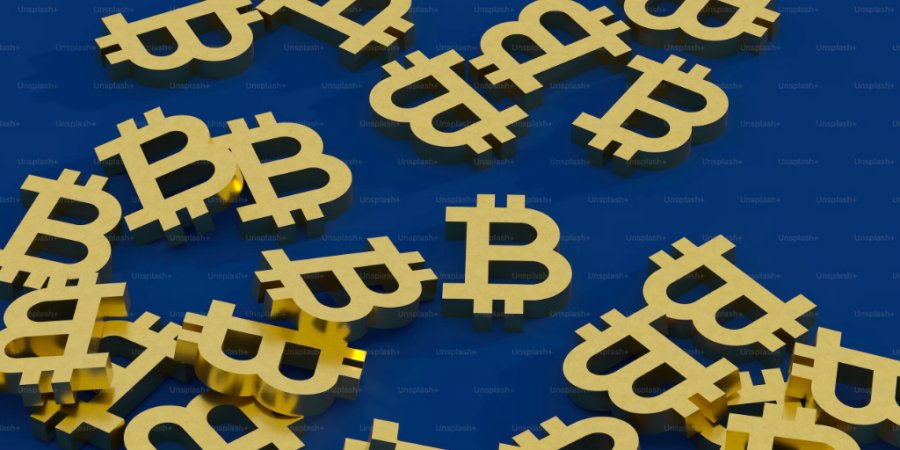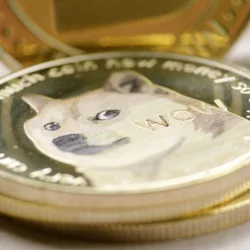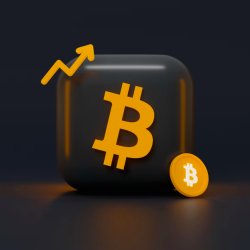Real-World Examples of Token Economy Systems

A token economy system is a behavioral management approach that uses tokens as rewards to reinforce desired behaviors. The token economy model has been applied in many contexts from schools to corporate programs. When implemented effectively, token economy systems can shape habits, improve engagement, and drive results.
In this article, we'll look at some real-world examples of organizations using token economy systems:
Education Token Economies
Schools have a long history of using token economy techniques to motivate students and encourage positive behaviors like attendance, class participation, and homework completion. Physical tokens like stickers or points are awarded by teachers. Students can later redeem accrued tokens for prizes, privileges, or activities.
A 2017 study by Scott Jeffrey at Concordia University analyzed a token economy system for lateness reduction at an elementary school. Students received tokens for arriving on time which could be exchanged for tangible rewards. Late arrivals decreased by over 60% demonstrating the system's effectiveness.
Many teachers now use digital token economy platforms like ClassDojo, Classcraft, and Compass to track student behavior and reinforce participation. These systems award digital points, badges, and power-ups for completing assignments, helping others, and demonstrating good conduct.
Corporate Token Economy Programs
Within companies, token economies are often implemented as employee recognition and reward systems. Digital tokens are awarded for accomplishments like closing sales referrals, hitting targets, or raters/peer feedback. Employees accumulate token balances that can be redeemed in a rewards store for gifts, vacation time, or donations to charity.
Microsoft ran an internal token program called Jump that let employees earn points for collaboration. Peer nominated "sparks" were redeemable for merch or donations. A 2015 study found the program increased work item completion by over 25% demonstrating engagement value.
Other examples include Coinbase's Kudos program providing tokens for employee shout-outs and GoCardless' use of an internal token system called Woozys. Corporate programs aim to boost culture, retention, and productivity through token rewards.
Cryptocurrency and NFT Loyalty Programs
With the rise of blockchain technology, tokenized incentives are expanding into customer loyalty programs powered by cryptocurrencies and NFTs.
For example, Burger King launched a gamified loyalty app in Germany awarding Bitcoin, Ethereum, and Dogecoin to customers completing challenges like visiting daily or referring friends. Redeemed crypto rewards could be held or withdrawn.
NFTs are being incorporated into loyalty programs as well. Chipotle's "Burritos or Bitcoin" sweepstakes awarded $100K in crypto plus NFTs designed by an artist. The raffle leveraged NFT ownership to reward loyal customers.
As cryptocurrencies achieve mainstream adoption, tokenized rewards present an innovative way for brands to drive engagement and purchases through digital scarcity and perceived value.
Token Gated Content
Another emerging example of token economies is with creators using blockchain tokens to gate access to digital content.
Platforms like Roll, Mirror, and Nifty Gateway allow influencers, artists, musicians, and writers to mint tokens that represent access rights to their premium content. Fans can purchase these tokenized passes to gain entry to gated content like videos, songs, art, articles, or podcasts.
Token gating creates new opportunities for creators to monetize their work through direct exchange of value tokens. Fans who might not subscribe can purchase one-off access. This pay-per-view model funded by blockchain tokens and cryptocurrency payments is facilitated by token gating platforms.
For example, the band Kings of Leon released their album "When You See Yourself" in 2021 as an NFT on Nifty Gateway with exclusive token-gated content for owners. Over $2 million was generated from NFT album sales.
Token gated content powered by blockchain demonstrates how tokenized incentives and access can disrupt media business models. Directly connecting creator value to consumer payment unlocks potential for more frictionless monetization.
Fitness App Token Reward Systems
Fitness apps like Sweatcoin and StepBet use activity tracking to implement token economies incentivizing exercise. On Sweatcoin, steps logged through phone sensors are converted into redeemable SWC tokens. Users can cash out earnings for goods, services, or charitable contributions once token thresholds are met.
StepBet gamifies fitness goals using money pools. Players join a challenge by betting on hitting a daily step target. Those who reach their goal share the pool of tokens contributed at the start. StepBet combines fitness tokens with financial incentives.
Activity tracking and tokenized rewards are powerful motivators for establishing and maintaining consistent exercise habits over the long term.
Conclusion
Token economy systems continue to evolve as technology expands the design possibilities of token incentives and rewards. When thoughtfully architected, tokenized positive reinforcement mechanisms can drive real behavior change and business results across many contexts from classrooms to corporations.
More to Read:
Previous Posts:





